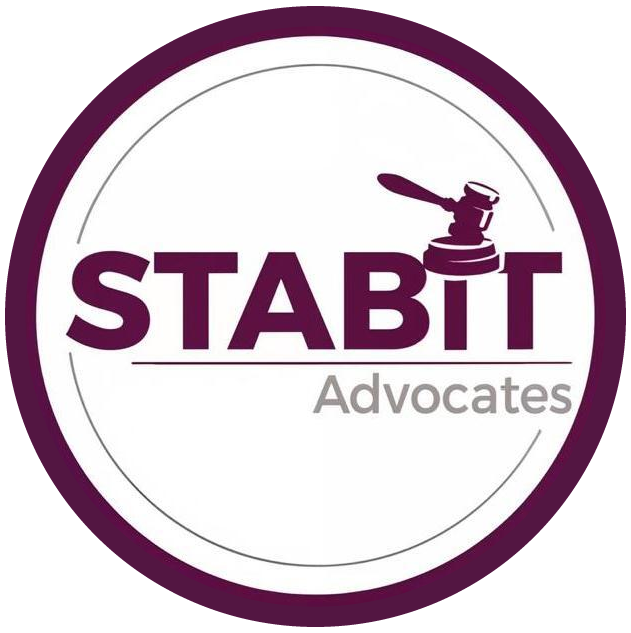The Remote Work Revolution: Navigating the Legal Landscape of the New Corporate Reality. A stabit…

Legal Guide on the Process for Safely Conducting a Construction Project in Rwanda
Our legal guide on the process for safely conducting a construction project in Rwanda as is the case in many developed countries whose construction sector is highly regulated and sensitive, provides guidance on the legal requirements. Before commencing any construction activities, it is essential to obtain a construction permit. This permit is issued by the district office in the area where the construction will take place. District officers will assess the planned construction activities to ensure they conform to the area’s zoning regulations.
To ensure compliance, it is advisable to refer to the zoning regulations and master plan to confirm that your project aligns with the area’s zoning requirements. For example, residential zoning regulations are categorized into six types:
- R1: Low Density Zone
- R1A: Low Density Residential Densification Zone
- R1B: Rural Residential Zone
- R2: Medium Density Residential Improvement Zone
- R3: Medium Density Residential Expansion Zone
- R4: High Density Residential Zone
It is crucial for clients to provide a clear description of their construction plans and the materials to be used. This helps hold contractors accountable if they deviate from the agreed-upon plans or materials.
For large or high-caliber construction projects, it is recommended to conduct an Environmental Impact Assessment (EIA). This assessment measures the potential environmental impact of the project. EIAs are carried out by professional engineers certified by the Institute of Engineers Rwanda and accredited by the Rwanda Development Board. After completing the assessment, an Environmental Impact Assessment Report is submitted, and if all is well, an Environmental Impact Assessment Certificate is issued to the client.
Another essential aspect to consider is the construction contract. These contracts protect the project owner from unforeseen events, defects, and liabilities. It is important to include a defect liability period in the contract, during which the contractor is responsible for addressing any defects that arise. Typically, the final installment of the contracted amount is paid at the end of the defect liability period, unless the contractor provides a performance bond or guarantee. This ensures that any defects are rectified before the final payment is made.
That said, at Stabit Advocates and one of the Best Law Firms you can find with this expertise, we have a team of professionals well versed with all the dynamics and procedures involved in the construction sector not to mention drafting a thorough and well thought construction contract. Don’t hesitate to reach out to us using the contact details below;
If you love our article on “Legal Guide on the Process for Safely Conducting a Construction Project in Rwanda” check back here for more legal news
Contact Information
Stabit Advocates
Website: www.stabitadvocates.com
Email: info@stabitadvocates.com
Phone: +250 789 366 274
For more information or to discuss your case, please contact us at www.stabitadvocates.com.
This guide is intended to provide general information and does not constitute legal advice. For specific legal advice tailored to your situation, please consult with a qualified attorney at Stabit Advocates.




This Post Has 0 Comments